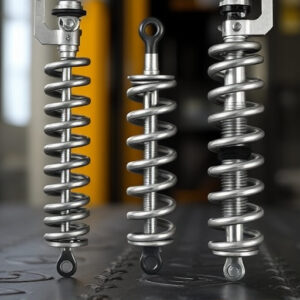Torsion and extension springs serve distinct purposes: torsion springs store energy by twisting for rotational force in compact spaces like garage doors, while extension springs extend/contract to control axial forces in automotive suspensions and robotics. Understanding their differences is key for accurate diagnosis and selection in projects requiring spring mechanisms, emphasizing load, frequency, and environmental factors.
Looking for top-notch spring mechanics in your area? This comprehensive guide unravels the intricacies of two primary spring types: torsion and extension. We’ll delve into their unique functions, applications, and key differences, helping you choose the perfect spring solution for your project. Understanding the distinction between these springs is crucial for selecting the right mechanical edge. Whether for industrial or DIY needs, this article equips you with insights to make an informed decision.
- Understanding Torsion Springs: Function and Applications
- Extension Springs: Basic Mechanics and Use Cases
- Comparing Torsion vs Extension Springs: Key Differences
- Choosing the Right Spring Type for Your Project
Understanding Torsion Springs: Function and Applications
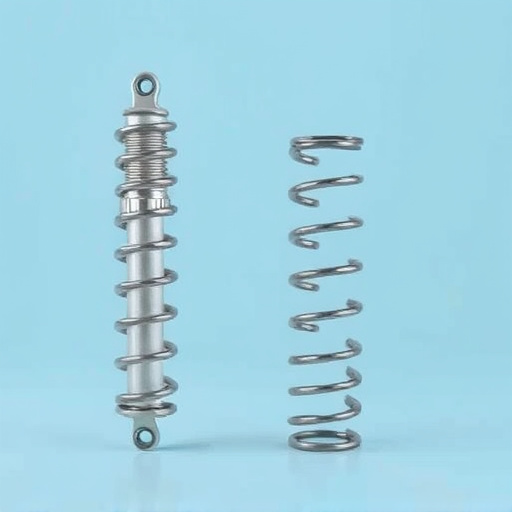
Torsion springs are a type of mechanical device that stores energy by twisting around a central axis. Unlike extension springs, which pull apart when compressed, torsion springs rotate to create force and torque. This fundamental difference makes torsion springs invaluable in various applications where space is limited or rotational motion is required.
They find utility in numerous everyday items, from garage door openers and windows to fences and gates. For instance, when you lift a garage door, torsion springs provide the upward force, ensuring smooth operation. In home repairs, extension spring uses are common for simple tasks like opening barn doors or securing fencing panels, while torsion springs handle more complex rotational needs. Moreover, understanding these springs is essential for professionals offering services like Emergency garage door repair Tucson, as it allows them to diagnose issues and provide efficient solutions tailored to each situation’s unique requirements.
Extension Springs: Basic Mechanics and Use Cases
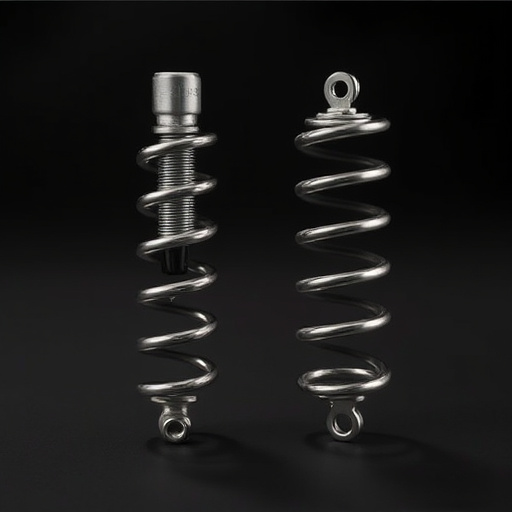
Extension springs are a fundamental component in various mechanical systems and appliances, offering unique advantages over other spring types. Their basic mechanics revolve around storing energy when compressed or extended, allowing for a controlled release. Unlike torsion springs that primarily handle rotational forces, extension springs are designed to resist axial force, making them versatile for diverse applications.
These springs find extensive use in car maintenance tips, where they’re integral to the suspension systems, ensuring smooth ride quality and safety. They’re also valuable in research projects focusing on robotics and automation due to their ability to precisely control movement. For DIY project guidance, understanding how extension springs work is beneficial when undertaking garage door panel replacement or building custom hardware, as they can significantly enhance functionality and durability. Give us a call at Garage door panel replacement for expert advice tailored to your needs.
Comparing Torsion vs Extension Springs: Key Differences
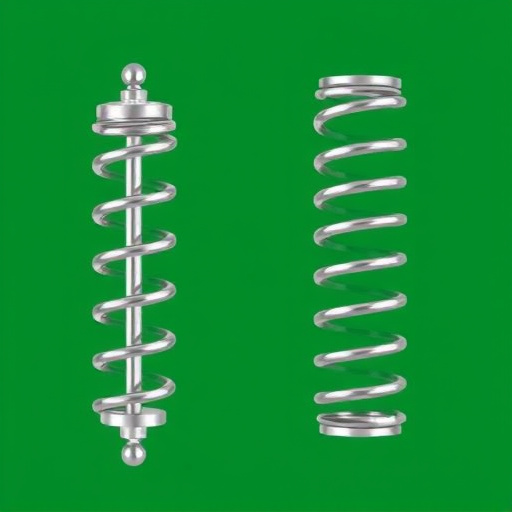
When it comes to springs, understanding the difference between torsion and extension springs is crucial for any residential spring installation or local auto parts store visit. While both serve the same fundamental purpose—to store energy and return it under tension—their construction and applications vary significantly.
Torsion springs are coiled helically and designed to handle constant torque, making them ideal for tasks requiring continuous rotation, such as garage door mechanisms. In contrast, extension springs are straight and made of wire wound into a coil, allowing them to extend and contract when stretched. They find their utility in various applications, from automotive suspension systems to food packaging machinery. To discuss your specific needs, give us a call at Same-day garage door repair.
Choosing the Right Spring Type for Your Project
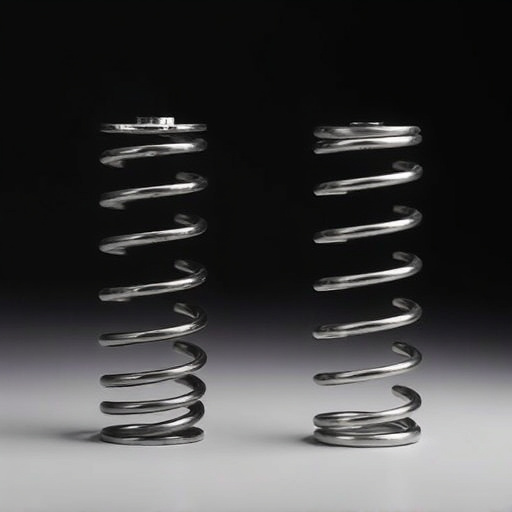
When it comes to selecting the perfect springs for your project, understanding the subtle differences between various types is key. Two common categories are torsion and extension springs, each offering unique advantages in specific applications. Torsion springs, known for their ability to withstand constant stress over an extended period, are often used in garage doors and window fixtures, providing reliable support. On the other hand, extension springs excel at storing energy and releasing it suddenly, making them ideal for tasks like opening and closing mechanisms or providing tension in various industrial settings.
Choosing the right spring depends on your project’s unique requirements. For instance, if you’re working on a commercial extension spring application, you’ll want to consider factors like expected load, operating frequency, and environmental conditions. A local engineering firm with access to extensive extension spring libraries can offer valuable guidance in selecting the most suitable springs for your needs. So, when it comes down to it, give us a call at Garage door spring replacement for expert advice tailored to your specific project demands.
Understanding the distinctions between torsion and extension springs is key to selecting the optimal mechanical solution for any project. By grasping their unique functions, applications, and differences, you can make an informed decision based on your specific requirements. Whether it’s the rotational power of torsion springs or the linear force of extension springs needed, the right choice can significantly impact performance and efficiency. Remember, when tackling projects that require precision and flexibility in spring mechanics, knowing the difference between these two types is essential.
